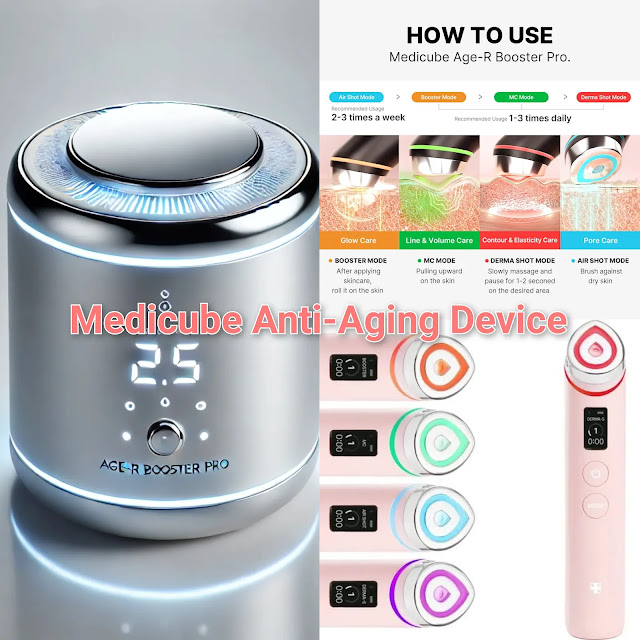🌿 One Product That Can Transform Your Skin: The Right Moisturizer
When people talk about skincare, they often think they need a 10‑step routine to achieve healthy, glowing skin.
But dermatologists agree that if you pick just one right product according to your skin type, it should be a moisturizer.
Moisturizing isn’t just about softness—it’s about repairing your skin barrier, maintaining hydration, and protecting against environmental damage. Let’s dive into the science and practical tips to choose the perfect one for you.
DEFEATING DRY SKIN
🧪 Why Moisturizer Is Essential – The Science
Your skin has a natural barrier called the stratum corneum, a layer of dead cells and lipids (fats) that prevents water loss and blocks irritants.
When this barrier is damaged—due to harsh cleansers, weather, or age—your skin loses water (called transepidermal water loss) and becomes dry, red, or sensitive.
👉 Moisturizers work in three main ways:
-
Humectants (like glycerin, hyaluronic acid) pull water into the skin.
-
Emollients (like squalane, ceramides) fill in tiny cracks to make skin smooth.
-
Occlusives (like petrolatum, shea butter) form a protective layer to seal moisture in.
A good moisturizer blends these ingredients to keep your skin balanced and strong.
🔍 Find Your Skin Type First
Before buying, observe your skin after cleansing with no products for 3 hours:
-
Oily: Looks shiny, especially T‑zone.
-
Dry: Feels tight or flaky.
-
Combination: Oily in some areas, dry in others.
-
Sensitive: Redness, stinging easily.
-
Normal: Balanced, no major issues.
✨ Moisturizer Recommendations by Skin Type
✅ 1. Dry Skin (Needs Lipids & Occlusives)
-
Look for: Ceramides, Shea Butter, Petrolatum, Squalane
-
Why: These repair the barrier and prevent water loss.
-
Science tip: Dry skin often has reduced ceramides—adding them topically strengthens the lipid matrix.
✅ 2. Oily or Acne‑Prone Skin (Lightweight Hydration)
-
Look for: Gel-based moisturizers with Hyaluronic Acid, Niacinamide, Glycerin
-
Why: They hydrate without clogging pores.
-
Science tip: Niacinamide reduces sebum production and improves pore appearance.
✅ 3. Sensitive or Red Skin (Calming Formulas)
-
Look for: Panthenol, Allantoin, Madecassoside, Centella Asiatica
-
Why: These calm inflammation and strengthen the barrier.
-
Science tip: Madecassoside is proven in studies to enhance wound healing and soothe irritation.
✅ 4. Combination Skin
-
Look for: Balanced creams with both humectants and light emollients.
-
Why: Keeps dry areas hydrated without making oily areas greasy.
🌞 Day vs. Night Use
-
Morning: Pick a moisturizer with SPF 30+ or layer sunscreen over it. UV damage breaks down collagen, so protection is key.
-
Night: Use a richer formula to support overnight repair (skin regeneration peaks at night).
💡 Pro Tips for Maximum Benefit
✔️ Apply on slightly damp skin right after cleansing to lock in water.
✔️ Layer with minimal steps—don’t overload with serums if you don’t need them.
✔️ Patch test new products on your jawline for 48 hours to avoid irritation.
✔️ Use consistently! The skin barrier takes about 28 days to renew.
Best Foundation For Dry skin.
🧴 Minimalist Routine Example
If you only want one product:
-
Morning: Cleanser → Your chosen moisturizer with SPF.
-
Night: Cleanser → Same moisturizer.
That’s it. Science shows that a strong barrier equals healthy, glowing skin—and one good moisturizer can do that.
🌟 Takeaway
You don’t need shelves full of products.
One moisturizer chosen for your skin type can hydrate, repair, and protect—backed by science, proven by dermatology.





















Comments
Post a Comment